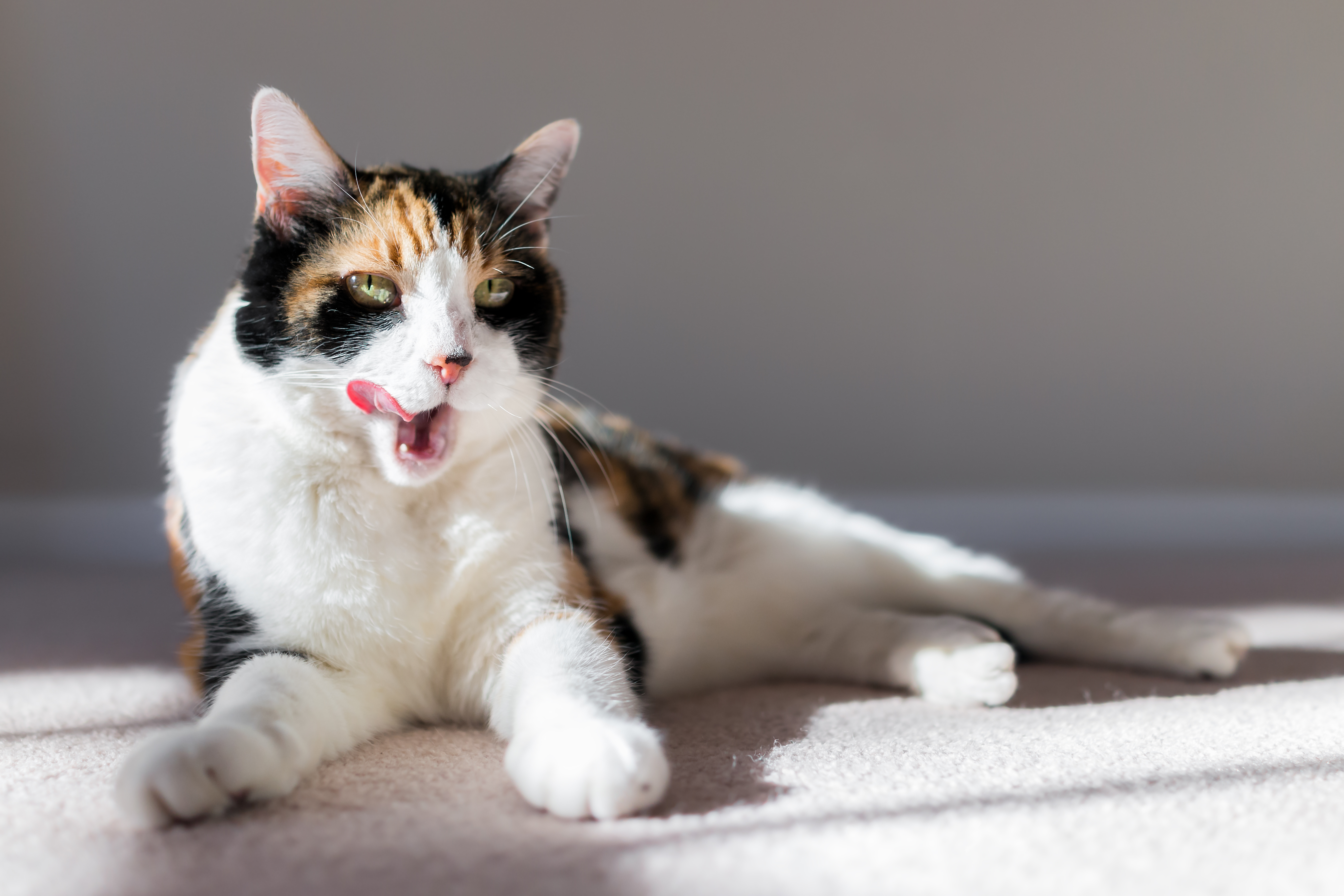
10 Signs Your Pet is Feeling Nauseous and Needs Your Help
When dogs or cats get into something they’re not supposed to, it’s likely that their stomachs will get upset and they will vomit. However, this isn’t the only time pets can experience nausea and vomiting. Nausea can be caused by a wide range of health problems and can be quite serious.
What’s more, pets experiencing nausea might not always vomit. In order to determine whether your pet is experiencing nausea as a side effect of an illness, you might need to learn how to identify other signs that can seem innocent.

Look out for these 10 signs of nausea in your furry friend:
- Vomiting: The most obvious sign of nausea in pets is the actual act of vomiting. If your dog or cat has vomited up their food after eating or you discover vomit in your home, it’s clear that something has upset your pet’s stomach. Watch your pet to ensure that they don’t vomit again in the next few hours—if they don’t, it might have been an isolated incident due to eating too fast or something not agreeing with them. If they vomit more, it’s a sure sign something larger is going on.
- Dry heaving: If pets don’t have any food in their stomachs, or if they’re trying to work out a hairball but aren’t able to, they might act like they need to throw up but not produce anything. Dry heaving might be accompanied by coughing and drooling.
- Not eating: Inappetence is by far one of the most common signs of nausea in cats and dogs. Some pets will refuse to eat at all, avoiding their bowls at every opportunity. Other pets may get up as if they are hungry, sniff and lick at their food, then turn away without eating much or any food. Most pets experiencing nausea will turn up their nose at almost any food items, including special meals and treats.
- Licking lips: Pets may lick their lips after eating or drinking to clean up the area around their mouth, but if they’re licking their lips consistently, they might be feeling nauseous.
- Drooling: Some pets drool regularly, particularly certain dog breeds, but excessive drooling might be surprising to owners of most cats and other dogs. If drooling isn’t normal for your pet, it’s probably related to nausea.
- Excessive swallowing: Excessive swallowing may be related to excess salivation as a result of nausea. Your pet may make a noise when they swallow repeatedly, as well.
- Hunched body posture: A hunched-up posture on the floor is a common sign of nausea in cats. They may look uncomfortable and stay in this posture for long periods of time.
- Increased vocalization: If your cat or dog is not usually vocal but they suddenly start to emit meows, barks, whines and cries, they may be trying to communicate that they don’t feel well. Cats may also emit low growls.
- Lethargy: Lethargy or weakness are common signs of all sorts of illnesses in pets, not just nausea. However, when paired with one or more of these other symptoms, it’s more likely that their unwillingness to walk or play is due to a queasy feeling.
- Pawing at the mouth: Cats and dogs might paw at their mouth when they’re feeling sick. You might want to check inside their mouth to ensure they don’t have a piece of food stuck in their teeth or another obvious obstruction. If the mouth is clear, the pawing behavior might be related to nausea.

If you notice signs of nausea in your cat or dog, it’s important to take them to see the vet as soon as possible. Not only is not eating and vomiting an issue, but persistent nausea can be caused by many underlying problems, including gastrointestinal issues like bowel obstructions, food allergies, constipation and parasites, or by non-GI problems like cancer, pancreatitis, liver disease, kidney disease, hyperthyroidism and more.
For this reason, pay attention to any other symptoms you observe in your pet, including strange behaviors, physical signs of injury or infection and changes in mobility. These observations may help your vet get to the bottom of what is ailing your pet.
If your furry friend refuses to eat for multiple days in a row due to nausea, alternative feeding methods may be necessary. Some pets can be fed via syringe, while others may need a feeding tube to ensure adequate nutritional support. Your vet will advise you on what is right based on your pet’s needs.
Nausea is commonly missed by pet parents because of a lack of vomiting, but identifying it appropriately is one way to catch the early signs of illness and get your pet help as soon as possible. By paying close attention to these signs and behaviors, you have a better chance of getting your pet the help they need right away.


